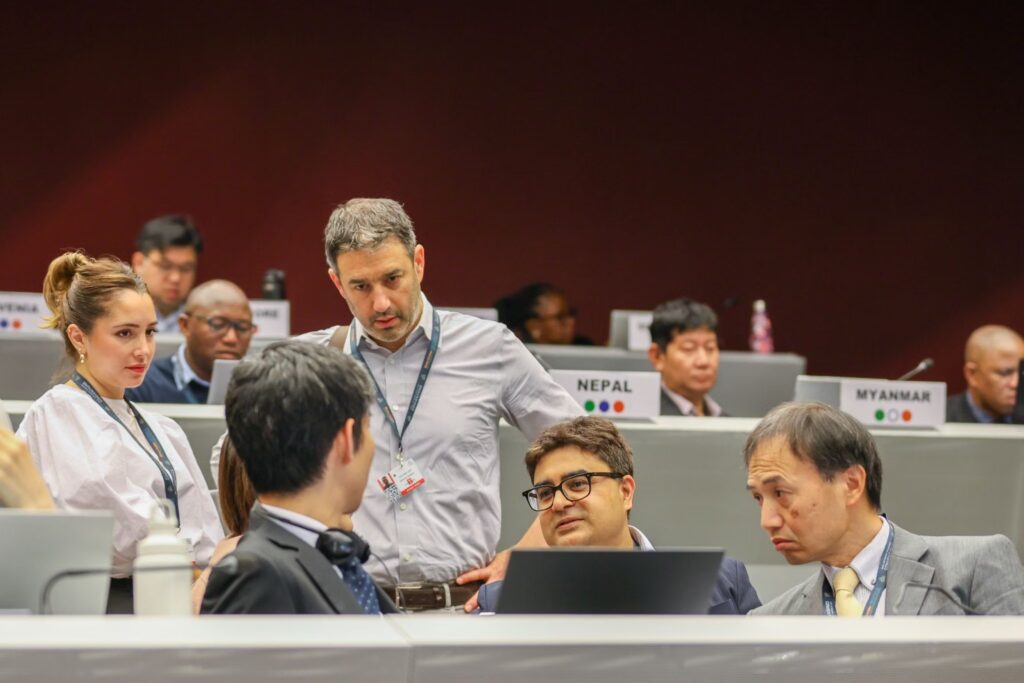CFCs and HCFCs – A blind spot in corporate & global GHG accounting
- August 10, 2025

The problem
Carbon accounting at the corporate and national level has a massive blind spot. Ozone depleting substances (ODS) such as chlorofluorocarbons (CFCs) and hydrochlorofluorocarbons (HCFCs) are no longer supposed to exist, so they’re generally not counted in emissions inventories. But they do still exist. And they represent a ticking climate bomb.
CFCs were developed nearly 100 years ago to replace toxic gases that caused fatal accidents when they leaked out of refrigerators. Unfortunately, they were discovered to destroy stratospheric ozone which protects us from UVB radiation that can cause skin cancer and cataracts. We also learned that CFCs are serious global warming agents, with global warming potential (GWP) values as high as 16,200 according to the IPCC’s Sixth Assessment Report. HCFCs were developed as a replacement for CFCs due to their shorter atmospheric lifetime, but HCFCs are still both ozone depleting substances and potent greenhouse gases.

Both the UNFCCC/Paris Agreement and the GHG Protocol Corporate Standard only require emissions of seven gases to be reported: CO2, methane (CH4), nitrous oxide (N2O), hydrofluorocarbons (HFCs), perfluorocarbons (PFCs), sulfur hexafluoride (SF6) and nitrogen trifluoride (NF3).
This is because ODS were considered to have been managed through Montreal Protocol phasedown requirements. However, researchers from European Geosciences Union estimate that nearly 21 billion tons of CO2e of ODS remain in equipment and stockpiles around the globe.
To put this into perspective, if released all at once, this would be equivalent to over 50% of our total global emissions last year.
This is an accounting oversight that not only allows companies and countries to exclude CFC and HCFC emissions from target setting and reporting but also causes them to be largely forgotten by decisionmakers that could address their impacts.
Nearly 21 billion tons of CO2e of ODS remain in equipment and stockpiles around the globe
Researchers from European Geosciences Union
In the corporate world, there is less importance placed on destroying these gases because they don’t appear on the emissions balance sheet. And under Article 6 of the Paris Agreement, countries are hesitant to provide authorization for ODS Destruction offsets to be used for international mitigation purposes such as the Carbon Offsetting Reduction Scheme for International Aviation (CORSIA), as a transfer of emission reductions obligates them to make a corresponding upward adjustment to their GHG emissions inventories to ensure that the reductions are not double counted (remember, they are currently not counted anywhere!).

The solution
To solve this problem, Tradewater is calling on the GHG Protocol to recognize the environmental liability that ODS still represent. To holistically address the climate emergency, CFCs and HCFCs must be included in the list of covered gases, or we will continue to needlessly emit one of the most potent gases, undermining all our other important climate work.
Alongside this change, national entities responsible for GHG reporting should volunteer to take this problem head on by establishing authorization mechanisms for reductions of ODS emissions, thus catalyzing additional climate finance and opportunities for bilateral agreements. Both of these actions will give us the best chance of making progress on reducing global ODS emissions at scale, while working to close the emissions gap.
What can we as individuals do, in the meantime?
As an individual or sustainability leader, you can contribute to this challenge in two key ways:
- Educate your peers about the remaining environmental problem of ODS emissions – if the estimated problem of 21 billion tons of COe worth of climate bombs all over the world is news to you, it’s likely news to them too. Talk about the problem, advocate for taking this seriously within your value chain, put pressure on governments. As a simple first step, share this article!
- Help fund the global scavenger hunt for ODS that Tradewater is rapidly scaling up – at Tradewater, we have been laser focused on this issue for over a decade and are proud to be the most effective company in the world when it comes to collecting and destroying CFCs and HCFCs. To date, we’ve destroyed an astounding 9.3 million tons of CO2 equivalent, and we’re just getting started. We’re on track to permanently prevent 30 million tons in CO2 equivalent of super polluting gas by 2030, and with the right support from companies, individuals, and even governments, we can scale that further to the gigaton scale.
As an individual you can contribute directly on our website, or if you’re in a position to help us confidently reach gigaton scale as a corporation buying offsets, let’s talk.
What gets measured, gets managed.
Peter Drucker, legendary management consultant
We must not continue to let the massive legacy problem of legacy ozone-depleting substances be a blind spot on our climate action. Together, governments, corporations, and individuals have a path to permanently solve this problem by the end of this decade – so, let’s do it!
Read our other blogs
What Sports and Refrigerant Gases Have in Common (And Why It’s More Than You’d Think)
For teams looking to lower their footprint without compromising performance or operations, tackling refrigerants offers…
CFCs and HCFCs – A blind spot in corporate & global GHG accounting
In the corporate world, there is less importance placed on destroying these gases because they…
Behind the Scenes at the 2025 Basel Convention COP
Tradewater was the only carbon offset project developer to this year’s COP. We specifically wanted…





